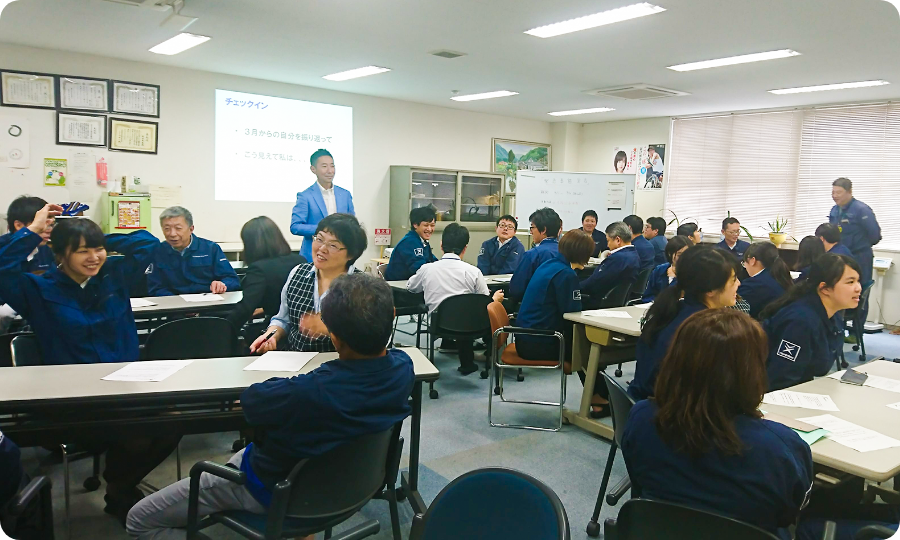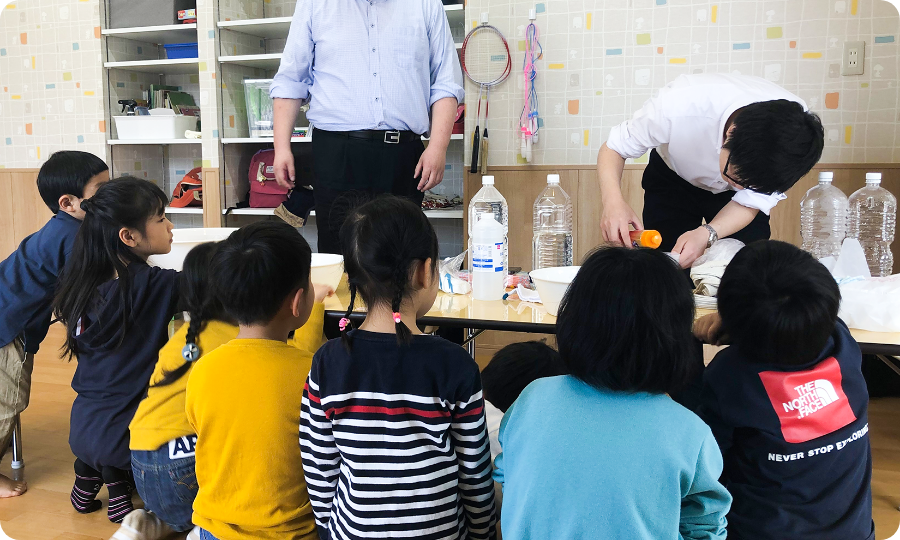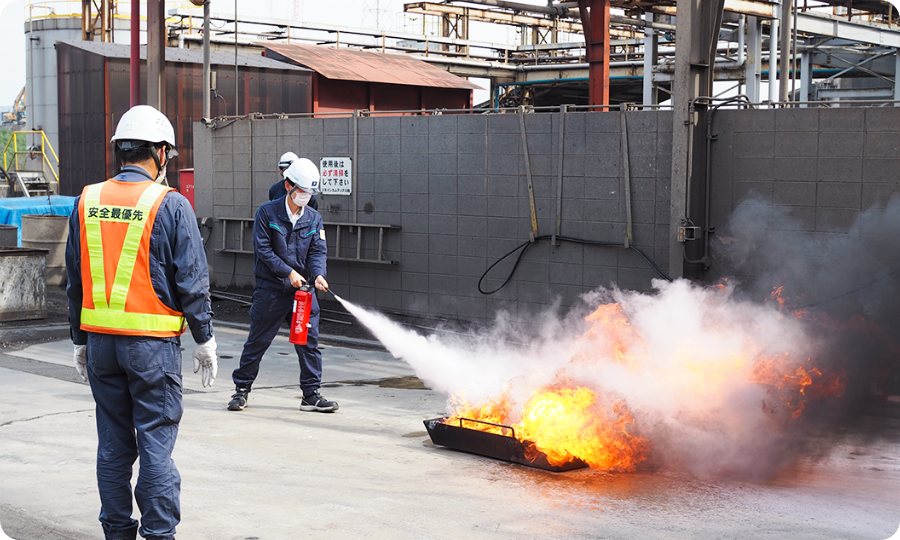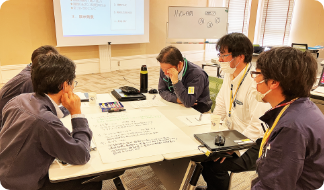











We are working on implementing thermal
recycling,
which generates electricity from
the heat energy
generated during waste
incineration. In addition to
securing the
necessary electricity by generating 4,950
kW
in-house, we sell surplus electricity to reduce
CO₂
emissions.






We reuse as much of the collected waste as
possible
and manufacture and sell recycled
products. By
effectively utilizing these
products as materials, fuel, or
fertilizers, we
are able to contribute to the establishment
of
sustainable consumption patterns.






We promote the use of sustainable, non-
fossil energy
sources and have installed
many solar panels at our
group companies’
facilities. One such power generation
facility
is located in Kurashiki City’s Mizushima
district.
This facility has contributed to
reducing crude oil
consumption by 450
kiloliters per year and 1,000 tons
worth of
CO₂ emissions.
*Using emission factors based on the 2021 Law
Concerning Global
Warming Countermeasures
announced by electric power companies


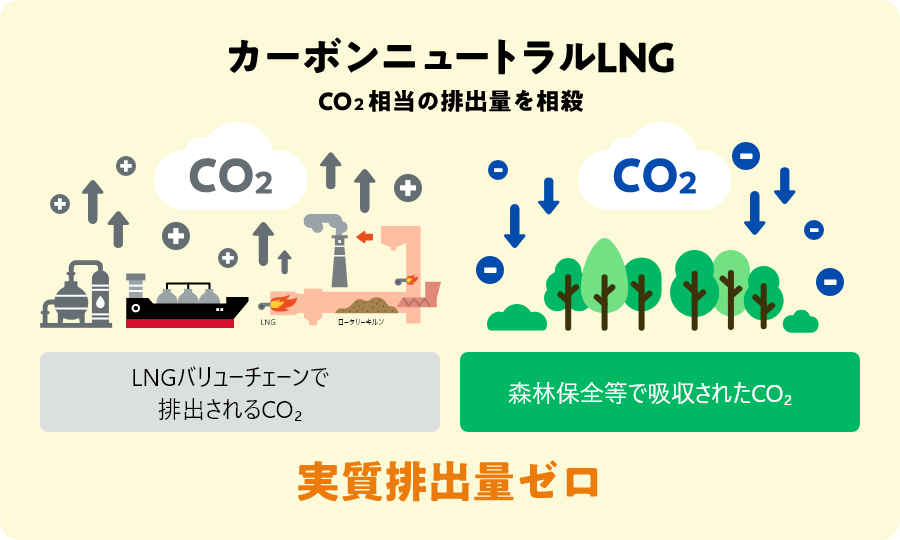


The Saitama Plant uses “carbon neutral gas”
for all its
natural gas use and strives to
reduce its environmental
impact while
building a recycling-oriented society.
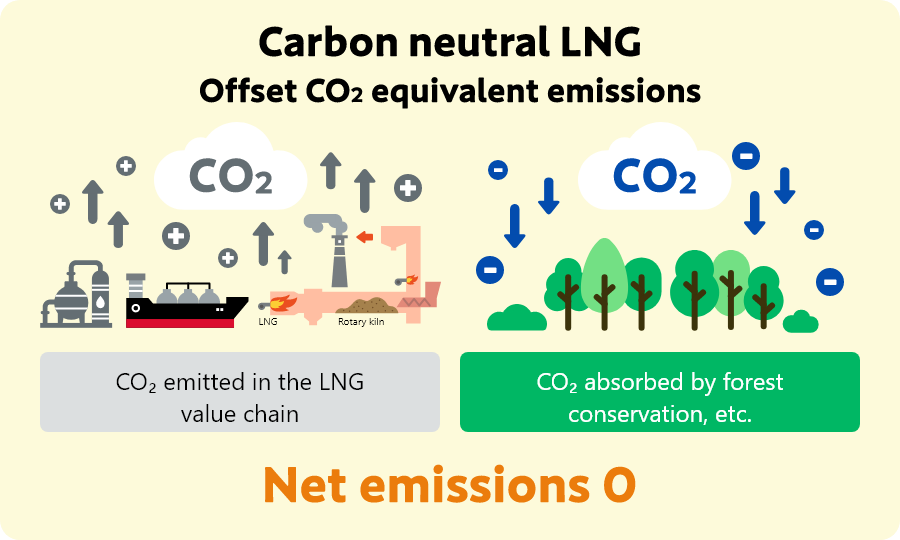


The Saitama Plant uses “carbon neutral gas”
for all its
natural gas use and strives to
reduce its environmental
impact while
building a recycling-oriented society.
Carbon neutral gas
It is a type of gas that employs carbon credits
certified by
reputable certification organizations for
CO₂ emission
reductions in forest conservation
projects around the world.
The carbon credits offset
greenhouse gases generated in all
processes from
natural gas extraction to combustion.






Freight transportation conducted by trucks
and other
means is encouraged to embrace
less environmentally
harmful methods.
TSUNEISHI KAMTECS group of
companies
aims to reduce transportation CO₂ emissions
by promoting industry-wide business
partnerships and
streamlining freight
logistics.






In 2013, we established a local subsidiary in
Thailand.
The subsidiary works on designing,
constructing, and
maintaining wastewater
treatment plants. The plants
make efficient
use of limited water resources by
returning
treated water to rivers or reusing it as water
for
cleaning the plant.




















































































